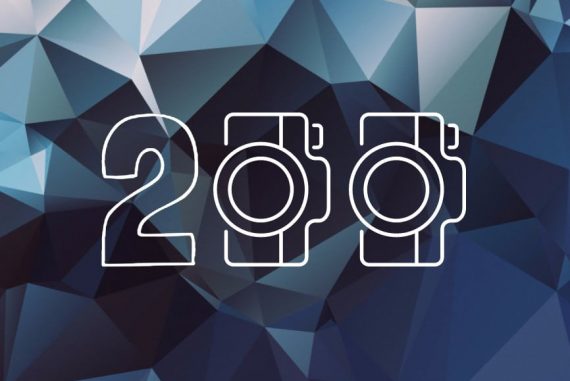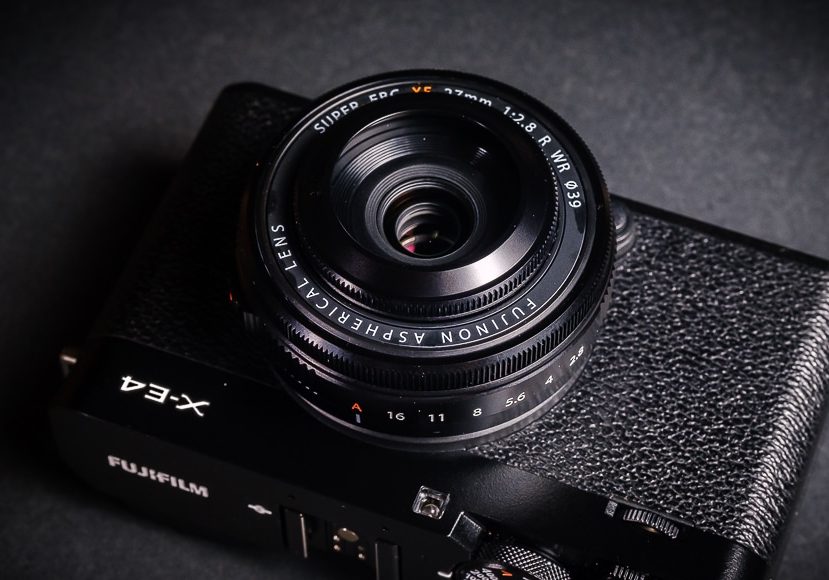
Fujifilm X-E4 Review
It's small & minimal – but packs plenty of punch. Read our review of the Fujifilm X-E4, along with our thoughts on the new XF 27mm f/2.8 WR.
I need to make it clear that I’m a Fujifilm fan-boy for those new to my reviews. I’ve shot with almost every Fujifilm X-Series camera and lens – plus a few of the GFX. But that doesn’t mean that loyalty blinds me.
I’ll always give an honest opinion about Fujifilm or any other product I review. Just take a look at my review of the Fujifilm XF 50mm f/1 lens as an example. It’s a great lens that doesn’t quite live up to the hype.
I wanted to get that out of the way to clarify that when I say the Fujifilm X-E4 is a great camera – it’s not just fan-service!
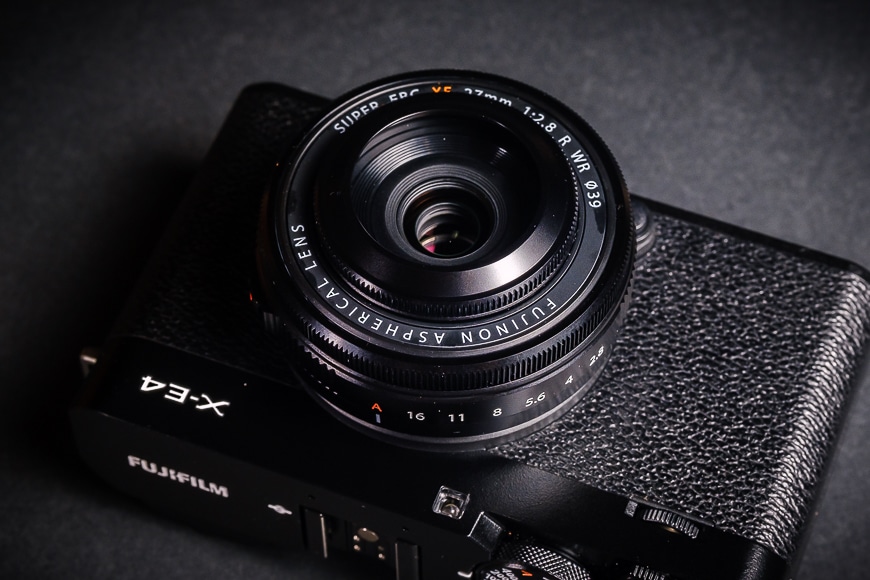
Pro-grade sensor, excellent auto-focus and tiltable LCD screen all packed into a compact, stylish and minimal body.
Fujifilm recently announced the X-E4 as the latest entry in the X-E series of cameras. I had high hopes for this camera for several reasons.
The previous model X-E3 is also a great camera and one that I own and use extensively, but there were a couple of things missing that bugged me. It wasn’t quite baked enough in the Fuji lab.
When Fuji announced the X-E4, I had my fingers crossed that they’d cooked this one through.
In this review, we’ll take a look at the brand spanking new Fujifilm X-E4 and make a little comparison with the X-E3.
Fujifilm X-E4 Specs
- X-Trans Sensor 4 and X Processor 4
- Compact and light
- Flip-screen
- 18 film simulations
- The XF 27mm f/2.8 WR is also light and compact
- No weather sealing
- Lack of function buttons
- No included grip
- Effective Pixels: 26.1 megapixel
- Sensor: X-Trans CMOS 4 sensor with a primary colour filter
- ISO Sensitivity: 80 – 51200
- FPS: 8fps MS and 20fps ES
- Viewfinder: 0.39 inch approx. 2.36 million dots OLED Color Viewfinder
- LCD Monitor: 3.0 inch, aspect ratio 3:2, approx. 1.04 million dots touch screen colour LCD monitor(approx. 100% coverage)
- Film Simulations: 18 modes
- Video: DCI 4K(4096 x 2160) at 29.97p 200Mbps/100Mbps up to 30 minutes
- Dimensions: (W) 121.3mm × (H) 72.9mm × (D) 32.7mm
- Weight: Approx. 364g (including battery and SD memory card)
- Battery: NP-W126S Li-ion
Build & Appearance
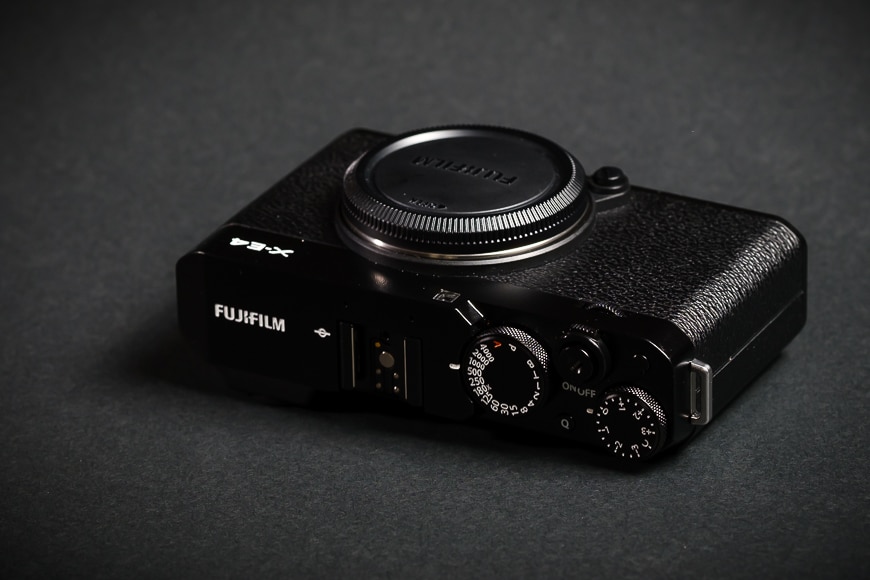
The Fujifilm X-E4 is a pure photographer’s camera with a minimal design.
The Fujifilm X-E4 takes the form of a compact rangefinder-style of camera.
However, unlike the Fujifilm X100V and X-Pro3, the X-E4 doesn’t have a Hybrid Optical Viewfinder/EVF. As a side note, I found that with the X-Pro 3 I mainly was using the EVF anyway.
The size of the X-E4 is almost identical to the X-E3, and it weighs in at just 364g, including the typical NP-W126S battery and memory card.
The single memory card slot takes a UHS Speed Class 1.
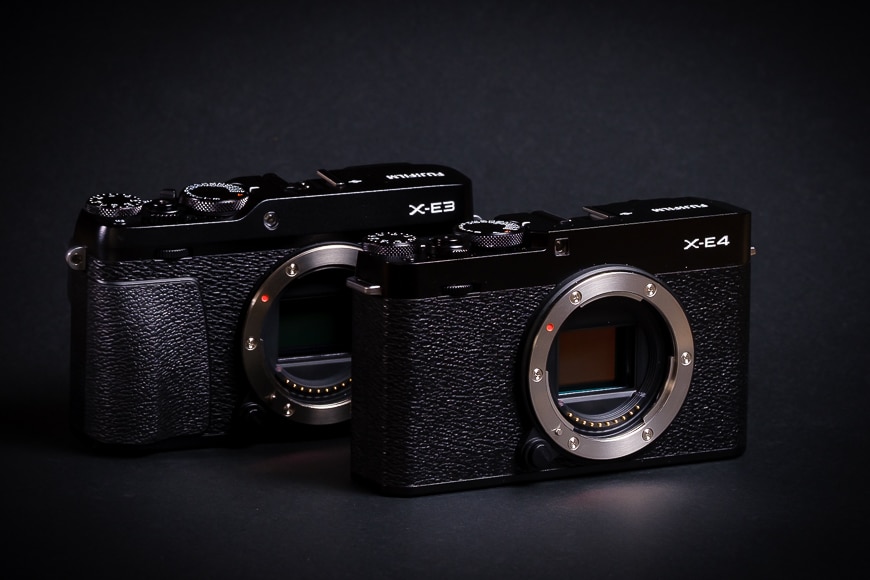
The Fujifilm X-E3 and the Fujifilm X-E4.
The front of the X-E4 is super minimal, with a single command dial recessed into the body.
The focus lamp and lens lock button are the only other features. Gone is the focus select lever that has graced pretty much every Fuji camera that I can recall.
I like that the focus select is gone – it would often get knocked from Auto to Manual while in my bag. It would take me a few shots to realise that it was on Manual – missed opportunities.
The camera’s right side is bare, but the left side features a flush door that houses the USB-C port, a 3.5mm Mic jack and a micro HDMI port. While there’s no headphone jack, the X-E4 comes with a USB-C to 3.5mm headphone adaptor for video shooters.
The camera’s base plate features the mounting screw for tripods and the battery door where the NP-W126S and SD card slot live.
The top of the Fujifilm X-E4 is sublime in its minimal styling, with nothing unnecessary to distract or get in the way of the shooting experience.
The hot shoe is central to attach a flash or the metal thumb rest. To the right is a Shutter Speed dial and a smaller Exposure Compensation dial.
There’s also a Q and blank function button, both of which are entirely customisable – as are almost all the buttons on the camera.
The shutter button sits upfront of the top plate and has a thread for mounting a soft shutter button if desired.
The rear of the camera is almost as minimal as the front. The rear touch screen is a 3.0″, 3:2 aspect ratio LCD monitor with a decent 1.62 million dots of resolution.
The most significant upgrade of the Fujifilm X-E4 over the X-E3 is that the screen flips out and up 180 degrees. This makes it perfect for selfies or vlogging. Plus, it flips down almost 90 degrees.
With this screen, it’s much easier to shoot at unique angles and, for me, it’s perfect for shooting street photography from the hip. It was probably the biggest reason I decided to upgrade.
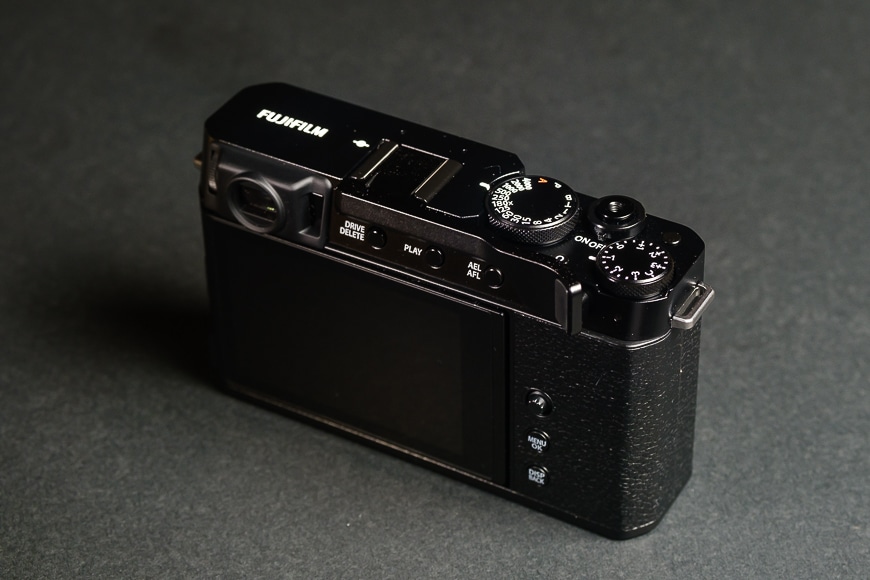
The Fujifilm X-E4 fitted with the new thumb rest.
The OLED Electronic Viewfinder features a different eyecup to the X-E3 and is 0.39″ with 2.36 millions dots of resolution – I still find it small.
Finally, the rear of the camera features five buttons – that’s it!
There’s the Drive/Delete, Play, AEL/AFL, Menu and Disp/Back buttons. Most of these are customisable, allowing you to set critical functions for your shooting needs.
The only other feature is the toggle used to move the focus point and navigate the menu.
So if you’re looking for a camera with lots of external features, buttons, dials and a few bells and whistles just for show, this isn’t the one for you.
But if you like the look of a minimal and stealthy camera – the Fujifilm X-E4 is brilliant!
Ergonomics & Handling

The X-E4 features a flip-up screen ideal for shooting from low angles.
I like the minimal aesthetic and stealth qualities of the X-E4 – but what does that do to the ergonomics?
The previous model Fujifilm X-E3 has a slight grip moulded into the front and a thumb rest at the back for a surer grip.
The X-E4, on the other hand, has an utterly flat front and back with no hint of a grip at all. In this way, the X-E4 takes on the form of a Fujifilm X100V or a Leica.
You can add a metal hand grip featuring an Arca base plate that matches the camera body’s profile and adds a deep grip.
Plus, at an additional cost, you can apply a Fuji metal thumb rest. I opted to get the thumb rest as it has a low profile. I avoided the grip as I didn’t want to add to the size, weight and price.
With just the metal thumb rest attached, I find the Fujifilm X-E4 to be a comfortable camera to use. It’s not heavy, and I carry it around with a small leather wrist strap.
Plus, as I generally only shoot with the Fujifilm XF 27mm f/2.8 WR lens or the XF 23mm f/2 with this camera, the weight is negligible.
While Fuji claims that the optics are mostly unchanged, it’s clear that this new XF 27mm f/2.8 is sharper than the first generation.
Autofocus has improved with greater accuracy and a faster response time, and the focus breathing is all but gone completely. When paired with the Fujifilm X-E4, the combo is a street or travel photographer’s dream.
If you want to travel light or have an everyday camera in your bag, this is the perfect partnership. With a combined weight of only 448g, you’ll carry it all day long.
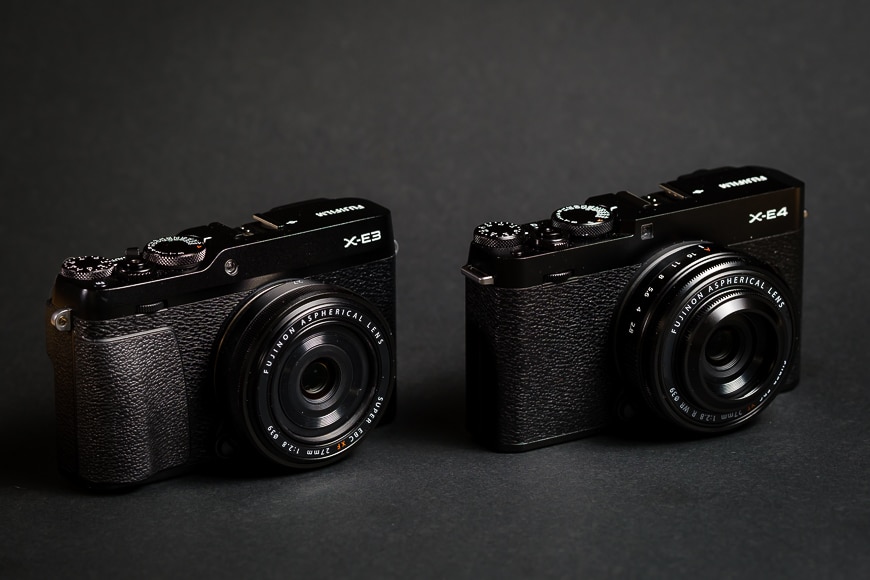
The Fujifilm X-E3 with the original XF 27mm and the Fujifilm X-E4 with the new XF 27mm f/2.8 WR.
All buttons and dials are suitably sized and positioned. Plus, they provide good feedback when used.
If you’re concerned about the lack of function buttons on the camera, fear not.
Aside from the customisable buttons and command dial, assigning functions to the touch screen’s directional swipes adds additional features.
For example, to access the 18 Fujifilm film simulations, set the camera to display the list with an upward swipe of the screen.
The screen’s response on the Fujifilm X-E4 is far better than some of the earlier touchscreen interfaces on past Fuji cameras. However, be conscious of your nose and check that you don’t accidentally swipe the screen when you bring the camera up to your eye.
The screen is bright and clear and not too bad in sunny shooting conditions. The EVF is small but comfortable to use, and the resolution is excellent, with almost 100% coverage.
And, as mentioned, the flip screen allows for greater comfort when playing with different shooting angles.
Focus Performance
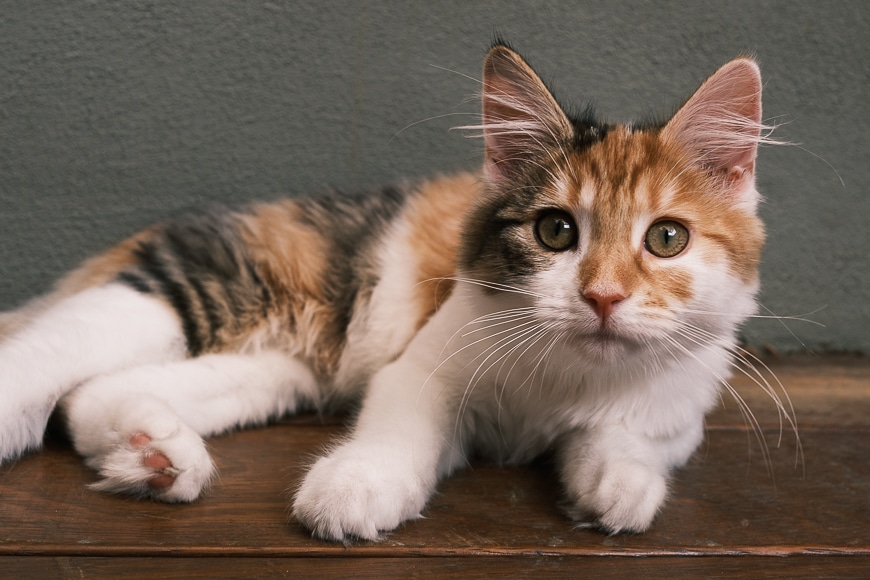
Biscuit is never still for photos | Fujifilm X-E4 | XF 27mm f/2.8 | 1/180 | f/5.6 | ISO 800
When it comes to focusing performance, the Fujifilm X-E4 is spectacular – not only is it fast, but it’s also accurate.
It utilises an Intelligent Hybrid AF with TTL contrast AF and TTL phase-detection AF. Of course, a big part of focus performance comes down to the lens and its ability to match the camera’s demands.
I have some super fast Fujifilm primes, such as the XF 23mm f/2, and when I pair these with the X-E4, it never misses a shot.
Eye and face tracking are among the various continuous focus modes available. What’s more, it shoots up to 8fps with the mechanical shutter and 20fps with the electronic shutter.
Low Light Performance
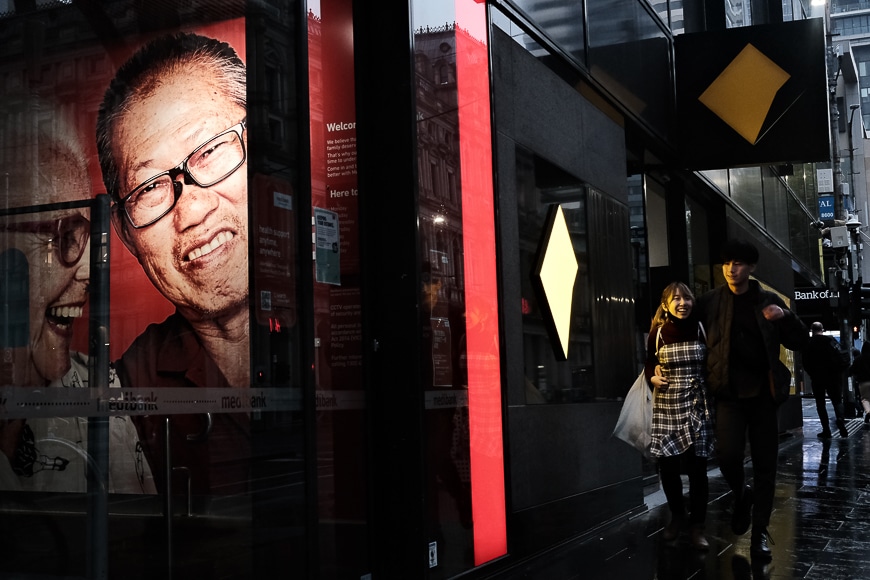
Melbourne City Nights | Fujifilm X-E4 | XF 27mm f/2.8 | 1/125 | f/6.4 | ISO 1600
As a result of the high-quality pairing of processor and sensor, the Fujifilm X-E4 delivers stunning image quality in any lighting conditions.
The ISO has a standard range of ISO160 – 12800 and an extended output of ISO80 – 51200. The mechanical shutter archives shutter speeds of 1/4000 sec to a 60-minute bulb mode.
The electronic shutter pushes that to 1/32000 sec and an open fixed bulb mode for as long as your power sources last. For flash photography, the synchronised shutter speed is 1/180.
Image Quality
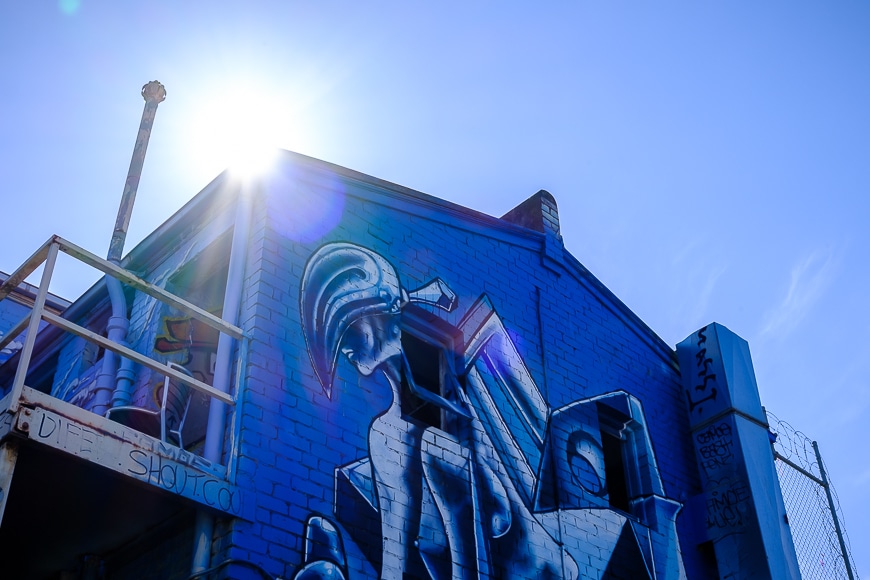
Blue Days | Fujifilm X-E4 | XF 27mm f/2.8 | 1/500 | f/8 | ISO 200
The Fujifilm X-E4 makes another considerable jump up from the X-E3 regarding its sensor, processor and focusing performance.
The X-E3 featured a 24.3-megapixel (APS-C)X-Trans CMOS III sensor and X-Processor Pro III, delivering excellent image sharpness and colour rendering.
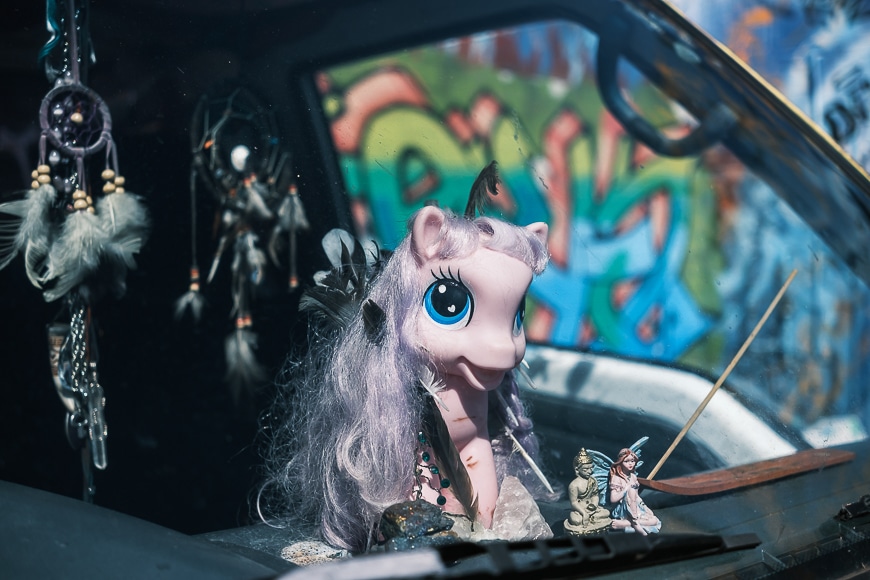
Back Alley | Fujifilm X-E4 | XF 27mm f/2.8 | 1/4000 | f/2.8 | ISO 200
The new X-E4 has the latest Fuji 26.1-megapixel (APS-C) X-Trans CMOS 4 sensor with a primary colour filter and X-Processor 4 – the same as the flagship X-T4 and X-Pro 3.
As with any Fujifilm mirrorless camera, the X-E4 has several gorgeous Fujifilm film simulations.
Fuji has a long and successful history with creating film photography stock that they’ve extended to digital cameras with film simulations.
Thanks to the X-Processor 4 engine, the X-E4 has no less than 18 film simulations, including my new personal favourite, Classic Negative.
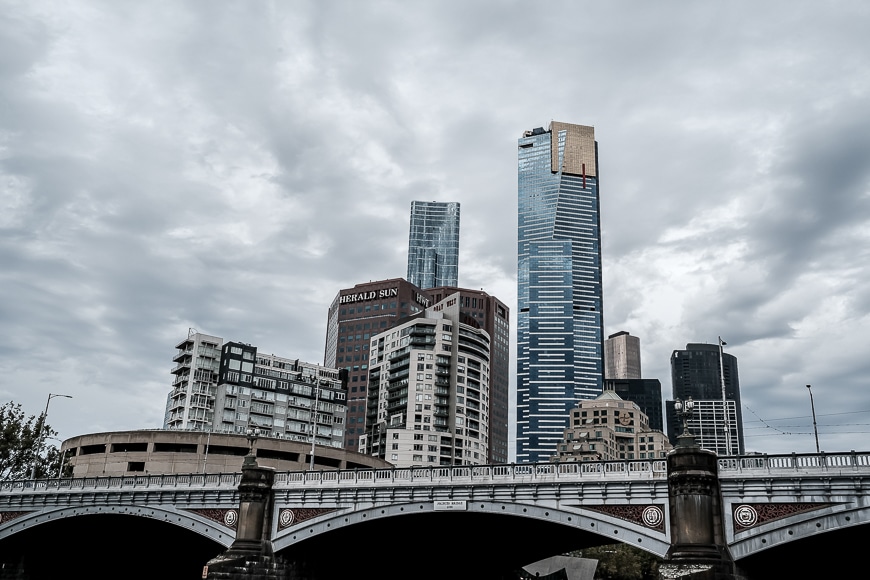
Melbourne From The River | Fujifilm X-E4 | XF 27mm f/2.8 | 1/500 | f/8 | ISO 400
For videographers, it also features Eterna and Eterna Bleach Bypass.
You can shoot while viewing film simulations, capture them in JPEG files and apply them to RAW files in editing software such as Adobe Lightroom.
Plus, the X-E4 features both the Colour Chrome Effect and Colour Chrome FX Blue.
The Effect option adds depth, detail, and a natural cast to red, green, or yellow tones. The FX Blue is ideal for landscape scenes where you want to control the blue tones in the sky.
Overall Performance
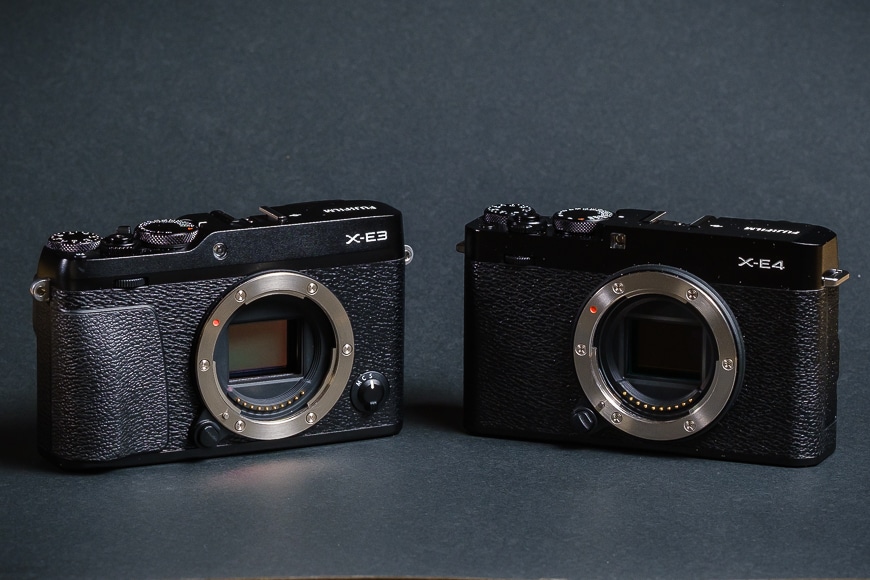
The build quality is top-notch as is the thoughtful consideration in creating a minimal design. I love how Fuji design and develop their cameras to meet certain groups of photographers – rather than release a camera that’s obscure as to its target audience.
The Fujifilm X-E4 is super-quick to power up, and focus can be grabbed in a fraction of a second. It’s ready to shoot when you’re ready to capture a scene.
While it’s a camera that can be applied to any genre. the X-E4 is better suited to street photography, photojournalism and travel.
Its compact and slimline build makes it a very stealthy all-day carry option that won’t draw attention to itself. If travelling, it will sit comfortably and safely in your day-bag without adding bulk and weight to your travel gear.
As for recording video, the Fuji X-E4 does a pretty good job – plus that flippable screen makes it ideal as a lightweight vlogging camera.
The X-E4 records DCI 4K (4096 x 2160) at 29.97p 200Mbps/100Mbps up to 30 minutes. Full HD (2048 x 1080) is at 59.94p and 240p/200p 200Mbps up to 3 minutes.
Further to this, it captures MPEG-4 AVC/H.264 plus Linear PCM Audio with 24bit stereo sound.
Value for Money
The Fujifilm X-E4 represents excellent value for money – especially if you’re looking for a compact, interchangeable lens camera.
It also happens to be one of the cheapest Fuji cameras with film simulations.
Whether it’s your only Fuji or a second shooter for stills photography, the X-E4 is feature-packed. Keep in mind that it boasts the same sensor and processor as the flagship Fujifilm X-Pro 3 and X-T4 cameras.
Granted, those flagship cameras include better video quality, IBIS and weather sealing – but those features come at a cost of around US$1,000 more for the X-T4 and US$1,500 more for the Dura X-Pro 3.
The X-E4 is close in price to the new Fujifilm XS-10, but that’s a bigger camera intended for a different market. It features a more oversized grip, IBIS and better video performance, making it perfect for serious videography.
What’s more, the Fujifilm X-E4 has an exciting range of options for purchase.
You can opt to buy just the body in silver or black for around US$850.
Then there’s a kit option that includes the new Fujifilm XF 27mm f/2.8 WR for around US$1,050. Finally, there’s an accessory bundle with the X-E4, the metal thumb rest and the base grip for about US$950 with no lens.
Fujifilm X-E4 & XF 27mm f/2.8 Review | Conclusion

I have a Fujifilm XT-3 as my primary shooter and generally use it for my work (product shots and sample images when reviewing a lens – that kind of thing).
Plus, for paid work, I use the XT-3 as it allows me more comfort when shooting with bigger lenses such as the XF 90mm f/2 or the XF 55-200mm.
Having two memory card slots is insurance when shooting weddings, parties and the like.
I even took the X-T3 on my last trip to Japan as my primary camera, along with the Fujifilm XF 23mm f/2. It was my preferred street photographer kit, and it served me well.
Despite the qualities of the Fujifilm X-E3, I never used it as a street or everyday carry camera. I found the smaller EVF and eyecup a challenge to use (I wear glasses), and the lack of a tilting screen meant I couldn’t shoot from the hip.
But when I walked into the store to pick up the X-E4, on day one, everything changed.
The Fujifilm X-E4 may have taken first place as my preferred street camera. It’s slimline, lightweight and almost pocketable, even with the XF 27mm f/2.8 lens attached.
The EVF and eyecup are still a little challenging for me, but I rarely shoot street with an EVF anyway. The flip-up screen is what sold me the most.
I generally shoot street from the hip, and the screen makes that so much easier. Plus, I love the look of the Fujifilm film simulations, and the X-E4 includes Classic Negative – perfect for street shots. I still own the XT-3 and prefer to use it for those critical jobs.
Some have criticised Fujifilm for the paring back of buttons and control dials on the X-E4. However, I like to be a purist when it comes to shooting, and as long as I have access to a dial for shutter speed, aperture and ISO, then I’m happy.
I like to establish camera settings well before a shoot and then focus on the joy of photography.
The X-E4 is the ideal camera for experiencing pure photography without excessive buttons, dials and functions to distract you.
I control Shutter Speed and ISO from the command dials. Thanks to the new XF 27mm, the aperture ring gives me the final piece of the puzzle in controlling the Exposure Triangle.
The Fujifilm X-E4 is not for everyone (if you’re looking for a camera for everyone, then take a look at the Fujifilm XT-30).
But the X-E4 is ideal for those with knowledge of photography. And those who want to focus on capturing the scene rather than getting bogged down in camera features.
Or, if you’re going to learn photography the right way, the Fujifilm X-E4 is a great teacher.

Pro-grade sensor, excellent auto-focus and tiltable LCD screen all packed into a compact, stylish and minimal body.









